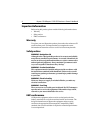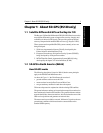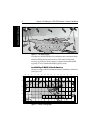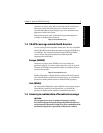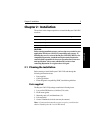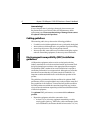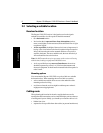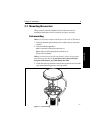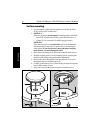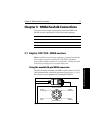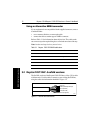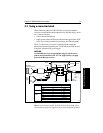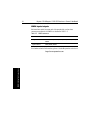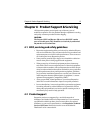
8 Raystar 120 & Raystar 112LP GPS Receivers - Owner’s Handbook
2 Installation
2.2 Selecting a suitable location
Receiver location
The Raystar 120/112LP receiver is designed to receive the signals
emitted from satellites in a direct path. It should be mounted:
•On a horizontal surface.
• In a location that is open and clear of any obstructions (such as
masts, search lights, or other structures) that could block line-of-sight
reception of signals.
• As low as possible: the height of the receiver is not as important as it
having a clear view horizon to horizon for optimum signal reception.
In fact, the lower the unit can be mounted and have a clear view to
satellites, the better. The more stable the unit, the more effectively it
will track satellites low to the horizon.
Note: Do NOT mount the receiver up a mast, as the receiver will swing
with the boat, leading to significant COG/SOG errors.
• As far as possible from any sources of interference: the receiver
should be separated by at least 1 m (3 ft) from other antennas and
electronic equipment. It should not be mounted in the direct path of a
radar’s beam.
Mounting options
You can mount the Raystar 120/112LP on a pole or flush on a suitable
horizontal surface. When mounting the receiver flush to a surface:
• select a suitable area which allows access to the underside of the
mounting surface for fixing
• avoid areas where the receiver might be trodden upon or where it
might present a tripping hazard
Cabling route
When planning the location for the unit, consider the best route for
running the cable between the receiver and GPS display unit or to the rest
of an integrated system. Ideally, you should try to route the cable so it is:
• hidden from view
• separated as far as possible from other cables (to prevent interference)



